7 more old tools almost no one uses anymore
The evolution of the automobile has been non-stop from the moment Karl Benz first threw the flywheel ’round on his Patent Motorwagen. The technology, process, and tools needed to keep cars running have evolved from the adjustable spanners and flat head screwdrivers to complex, hyper-specific specialized tools that spend more time laying in toolbox drawers than being used. Some old tools have stood the test of time while others have faded from common use.
We are tool hoarders ourselves, and objects designed for utility that are still functional will always have a place in our box but it is interesting to look into the corners of the toolbox and see what tools are getting less and less use over the years. Whether due to an improved design usurping the use of an older tool, or the task a specialty tool was design for becoming less popular due to car construction and use changing, tools evolve as quickly—if not more—than the car itself. Here are seven examples of tools that are no longer the toolbox staples they once were—for better or worse.
Bumper jacks
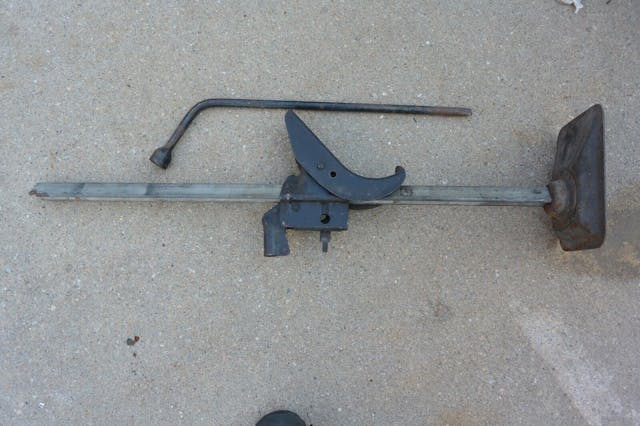
In a world of bumper covers, the thought of attaching a lifting mechanism to the exterior of your car and using it to lift the vehicle is some type of strange fever dream. It wasn’t always that way though. Flat tires have been around longer than the automobile and the need to pick up the car followed right along. Bumper jacks are good in concept but the lack of any safety catch or stabilization to keep from tipping over makes them treacherous to use. They still have utility in off-road situations but that can also make use even more dangerous.
Verdict: Keep as a reminder of how far we’ve come.
Brake pliers
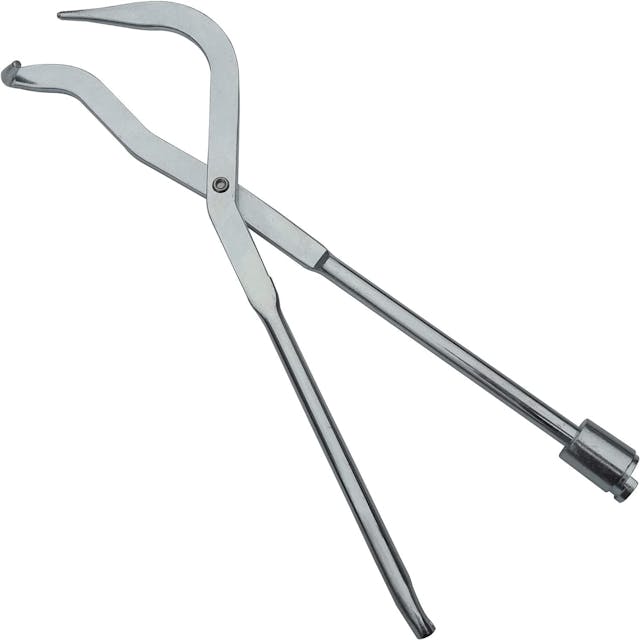
Somehow in the history of cars, there have been just two types of brakes commonly found behind the wheels: Drum or disc. Drum brakes can provide all the stopping power needed while also wearing like iron thanks to the enclosed and thus relatively debris-free nature of the design. That same design also has a handful of tension springs stretched carefully over small studs that can be serviced with groove-joint pliers and a screwdriver, but there are also brake pliers that rose and slipped from popularity right alongside drum brakes.
With modern materials and the relatively limited use of drum-brake cars, servicing drums has gotten less common to the point that while special tools can make the job easier it is only marginal and certainly not required.
Verdict: Keep them if you’ve got them but can likely pass if building your toolkit.
Growler
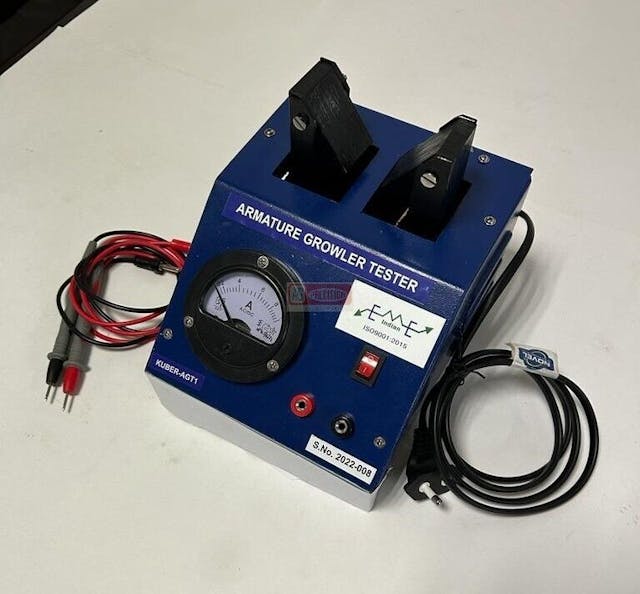
We aren’t talking about that curmudgeon of a mechanic who seems to only communicate in grunts and growls as the ratchet clicks to remove parts. No, the growler here is used to test the windings of a motor or generator. The armature is placed on a bed that flows alternating current into the windings. Using a ferrous rod to locate the magnetic field that will be created by a short makes for easy diagnostics. The price drop that came with the mass production and parts sharing between various models relegated these to hobby benches or the back room of specialist shops. Since rebuilding motors or alternators has become rare, these are practically a novelty.
Verdict: Keep if you’ve got the space, but often these find problems that are difficult to source parts to fix.
Vernier caliper

The increase in affordable precision has been quiet but amazing for at-home DIY projects. Good precision measuring devices used to be limited to the hands of skilled technicians and specialists in machine and fabrication shops. It took skill and training to properly use and read items like the vernier scale on calipers used in fabrication and precision machine work. Then digital calipers entered the market and the prices dropped year after year to the point that now a set of calipers accurate enough for most home use can be had for under $50.
Verdict: Use what you like and what works best for you. Regardless of what that is, be sure to keep any and all precision tools stored carefully to prevent damage.
Timing light
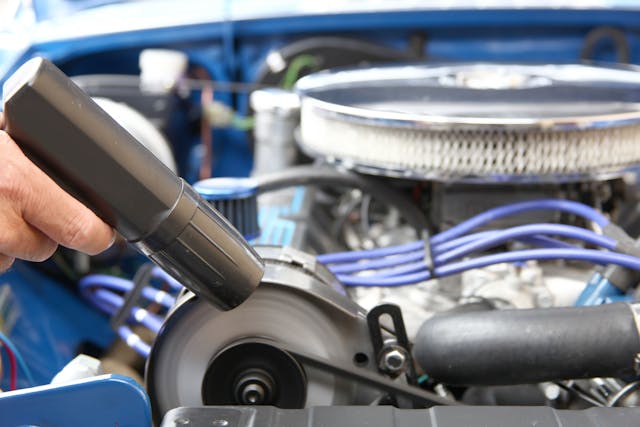
When we first wrote about tools that were fading from popularity last year, the comments section lit up with the suggestion that timing lights were left out. It’s been decades since a car rolling off the assembly line featured a tunable distributor, as the ignition is often now controlled by a computer working off data provided by a crankshaft or camshaft position sensor (or both) to control the firing of individual coils for each spark plug and cylinder. Adjusting the timing of the spark in the cylinder is changed with a laptop rather than a wrench and strobe light. Timing lights have been relegated to specialist shops and DIY garages.
Verdict: Keep it if it works, but consider a modern digital light if building a vintage-focused toolset as the features and capability have come a long way since the strobes of old.
Point file
Another from the ignition side of things. Even before computerized ignition was the advent of electronic or non-points-based discharge. Long gone are the days of having to swap a set of points on the side of the road or scratch off the char of the small faces to allow the coil to charge. A points file was handy for if or when a condenser would fail or the points would otherwise get crummy enough to not allow enough current through.
Verdict: If one is already in your glovebox, keep it for nostalgia’s sake and just in case. You never know who it might help.
Brake lathe or shoe arcing machine
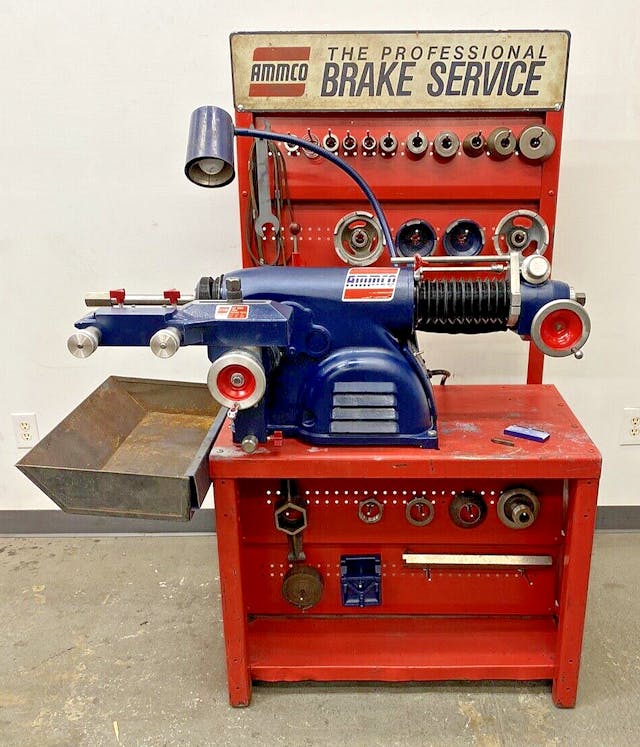
Drum brakes often have more swept area compared to disc brakes, but that additional friction material is useless if it is not in contact with the brake surface. The heat retention characteristics of drums can sometimes lead to warping that would previously be cleaned up by “turning” the drums to create a nice concentric surface around the shoes. While drums can still be found on modern cars the drums are often cast so thin that turning them is no longer an option and instead we must skip straight to replacement.
Shoe arcing machines do the same thing as brake lathes but set the radius of the friction material to match that of the drum. It’s critical for good brake performance on some vintage cars but has faded from popularity significantly due to the health concerns of grinding friction materials—especially asbestos.
Verdict: Save if you’ve got the space, or sell to a vintage shop if you don’t. We likely won’t see new versions of these tools made and they so help keep our cars safely going down the road.
***
Check out the Hagerty Media homepage so you don’t miss a single story, or better yet, bookmark it. To get our best stories delivered right to your inbox, subscribe to our newsletters.
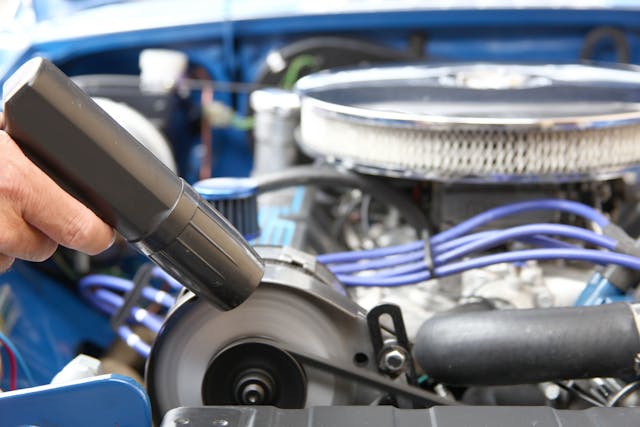
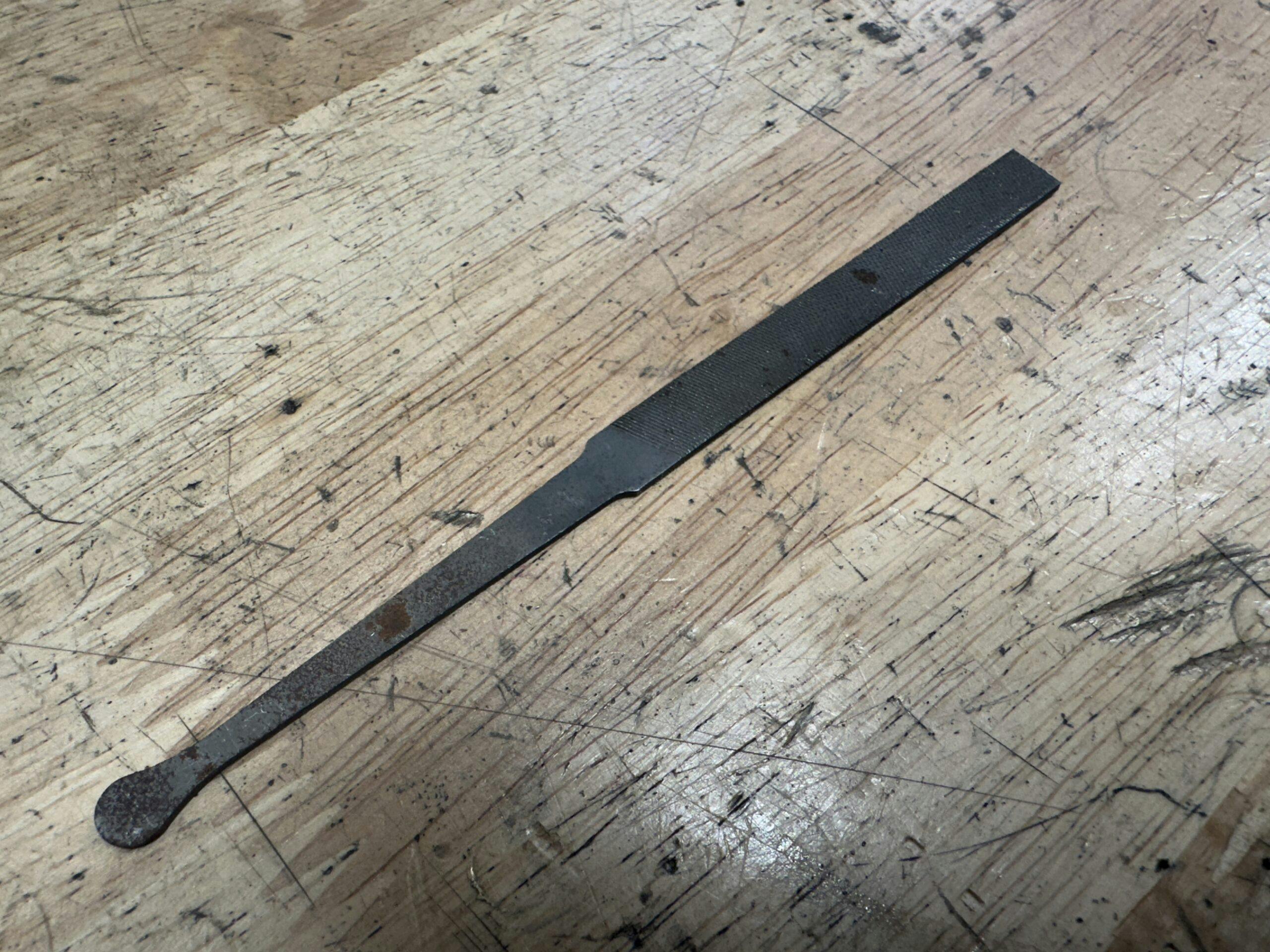
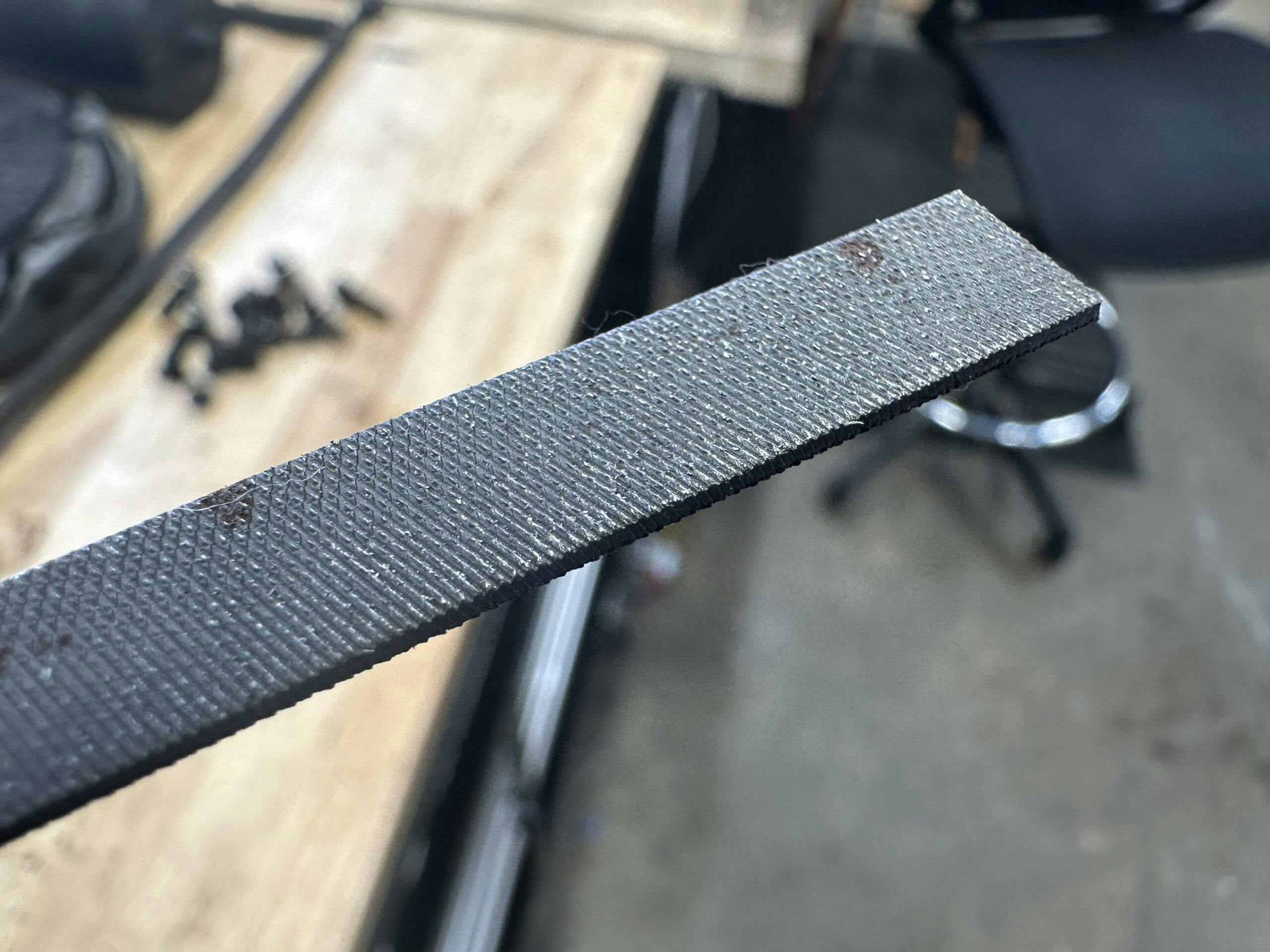


If you are a serious mechanic, keeper of old mechanical things and have a true love and passion for all mechanized objects from the last 130 years none of these tools will ever fall from grace. Only the user becomes obsolete. Those of us in that category are slowly nearing extinction, enjoy the final ride while it lasts!
Exactly! That’s why the verdict on them is all keep. No tool deserves to be thrown away.
That little black spot in center of your points needs to be completely gone, to make them as new again. Best I’ve found in a little sanding disc in the small dremel, works perfect. As to the growler; I use mine all the time, only two of our card/trucks has the alternator, all the rest are real generators, and they work.
I still use my timing light on my 67.5 SPL311. It still has the original jack in the trunk but for show only. I use a scissor jack under the frame if needed.
Reading “growler”, the first thought I had was “beer”. Still used routinely.
Yup, that was my first thought also! 👍
Geesh … I still use most everything, except I’ve never had a brake lathe, and I lent out my timing light and never got it back (have to buy another) …
What I’m surprised wasn’t on the list (sry can’t post a picture of mine) an Autolite Dwell scope.
I have an old Sun Computer it takes up a lot of space and I have no idea how to use it but it makes me look like I know what I’m doing
I used to have a ball bearing hub torque wrench for my 1955 Chevy. You tightened it to one mark, then loosened it and tightened again to the second mark. It worked perfect and took out the guess work of it feels good enough. Then I got rid of it when I changed the front hubs to roller bearing type. Those ball bearing hubs wouldn’t hold the grease too long.
I retired from dealership service management 12 years ago. I was working at a Lincoln dealership and the first diagnostic “tool” to come out was a laptop! Hard pressed to find a timing light in a modern tech’s tool box. For a while we were still turning rotors with a newer on the car lathe but with the lower cost of rotors and techs not wanting to spend the time replacement became the norm. Aftermarket shops liked to upsell “cpr”, calipers, pads and rotors so they could warranty their $10.00 brake pads! It is indeed a new world.
Your article sounds like my garage. I have a great Sears timing light that I have owned for several decades. I use a metric dial caliper almost every day in my garage, can’t live without it. I used 800 wet/dry to polish my points, as point files were a bit aggressive. Gave my Wentworth wrenches to a guy who works on vintage motorcycles, he was so happy. A tool I don’t use often is a wire spark plug gapping tool and a metric thread pitch gauge. Another tool that is seldom used is a spark plug cleaner.
Bumper jacks would rip off the front/back body cladding off any modern car. The Growler is pretty cool, could still be useful just not on a car anymore.
I hear you brother, I have most of these tools myself and I am tagging them for their purpose for when I’m gone, as well as all my 60’s- 70’s Pontiac- Chevy parts.
I still use the timing light routinely & the brake pliers on occasion. I generally use dial (not vernier) calipers. You’d be amazed how many people can’t comprehend a dial caliper let alone verniers! I played hell yesterday trying to find someone to turn some rotors, everyone in town has gotten rid of their lathes and had to have what started as a heated discussion with the speed shop guy when he told me if you turn rotors they’ll just warp again right away which is nonsense! Finally ended up at an old father son auto parts store where I should have went to begin with! I’ll save the bumper jack for emergency use only:-)
I’m sorry but a Timing light is crucial for working on getting the timing perfect in an older car. I mean if your really good you can time by ear while adjusting a distributor. But a timing light is a cheap must if you are working on your own classic vehicles.
Don’t you just drive up a steep hill in high gear under full throttle and back off the timing until it stops pinging?
Still use some of those older tools when servicing my 63-1/2 Ford Galaxie and my 88 F-150 302. I’ve done my own brake jobs since I had my first car. Always been able to stop. Have Pertronix ignition on the Galaxie but had to adjust the gap at one time, but otherwise has never given me any problems. Always carry a spare set of points and condenser just in case. Good comments by everyone. One more item not mentioned, spark plug socket and still need that feeler guage to set the gap.
Good article(s) & fun read! Look forward to #3 in the series! Several comments mentioning Dwell Meter and a few other ‘tuneup’ tools. Couple of these were discussed in the first article earlier this year. It wasn’t clear this was a follow-up; the only clue being the title (7 ‘MORE’ old tools…). I’ll try to paste link below (not sure if it will allow?). If it doesn’t appear then ‘search’ for keyword ‘old tools’, it pops right up.
https://www.hagerty.com/media/maintenance-and-tech/9-old-tools-almost-nobody-uses-anymore/